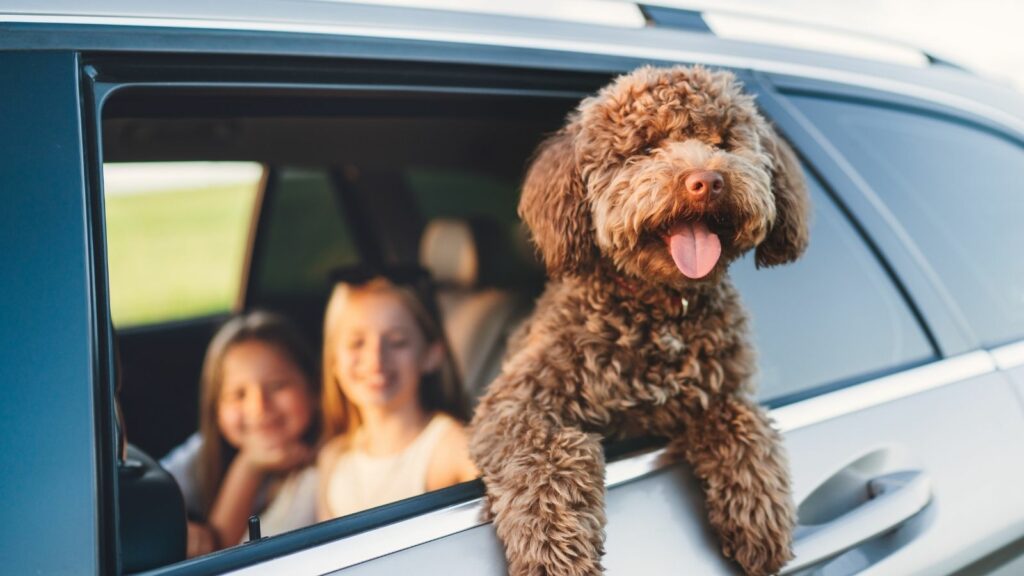Having a pet brings immense joy and companionship into your life, regardless of whether you own a dog, cat, bird, or any other animal. These companion animals become cherished members of the family. However, pet ownership comes with a range of responsibilities—many of which are expected, such as buying food and toys and taking them to the vet for regular check-ups. Yet, numerous related expenses are often overlooked when people decide to bring a pet into their home. Here are 18 hidden costs of pet ownership that you might not have considered.
Pet Insurance
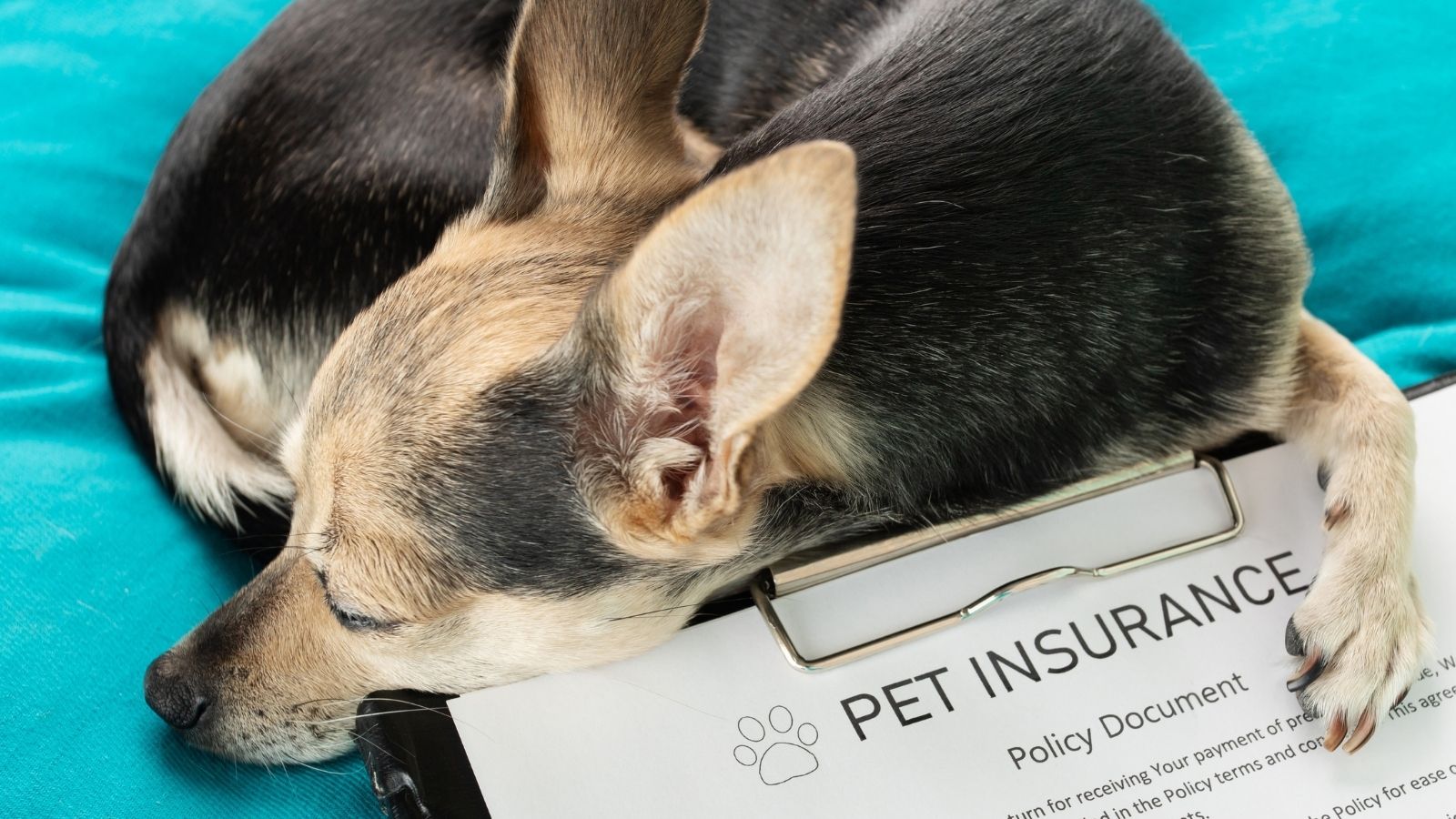
New pet owners often overlook pet insurance, but it can be essential in covering medical expenses if your pet gets sick or injured. Although it helps offset costly veterinary bills, premiums can be expensive and usually rise as your pet ages, making early consideration important.
Vaccinations

Vaccinations are crucial to keeping pets healthy and protected from various diseases. Regular vaccines help prevent serious illnesses such as rabies, distemper, and parvovirus, ensuring pets live longer and healthier lives. While the initial cost of vaccinations may seem high, they are far more affordable than treating the diseases they prevent.
Preventive Medications
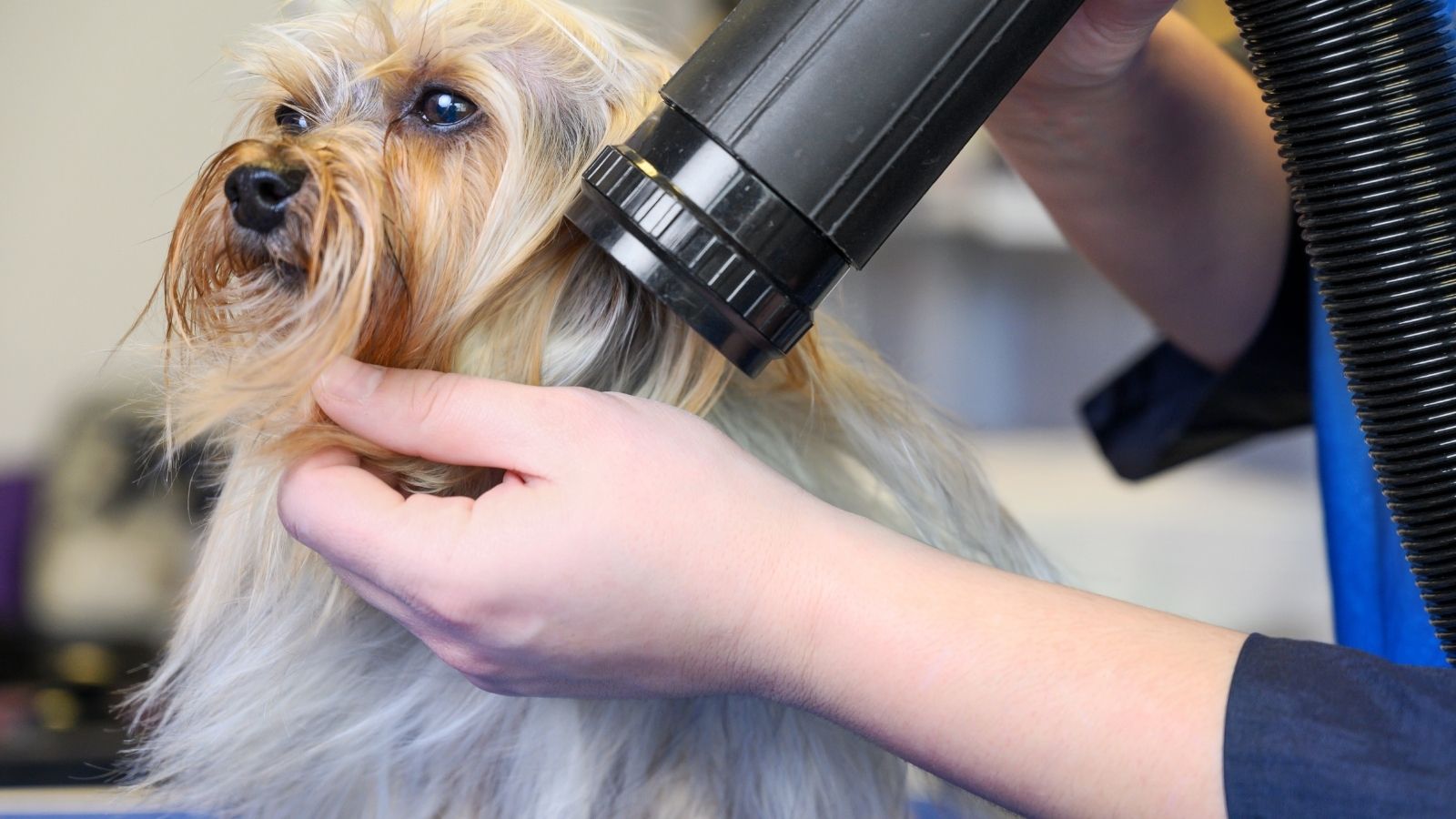
Your pet may need monthly preventive medication to protect from fleas, ticks, heartworms, and other parasites. These may, at times, be expensive when taken in the longer run, especially if the animal being treated is large; for instance, dogs may require higher volumes.
Dental Care
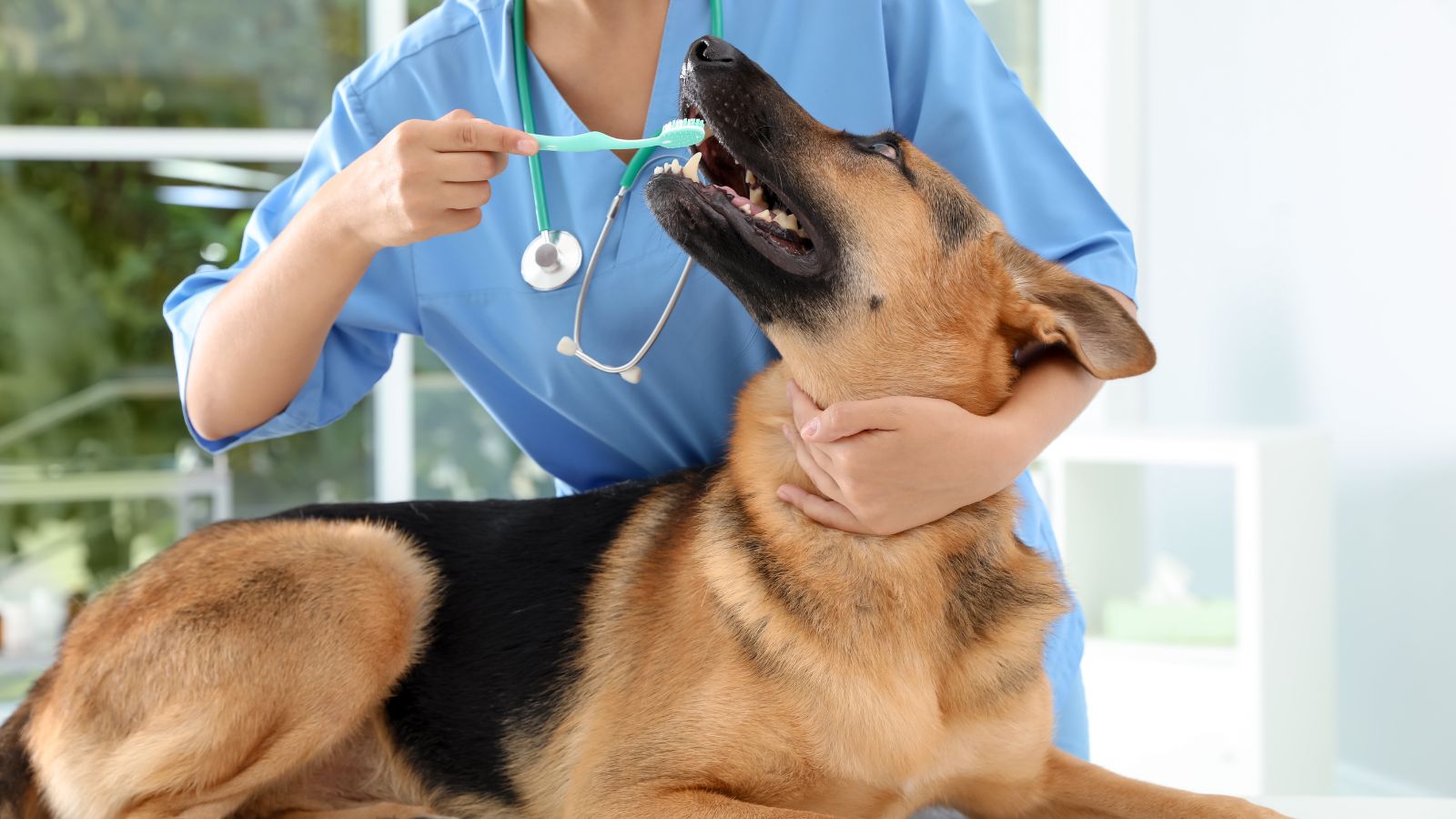
Just like humans, pets like dogs and cats need regular dental care. Routine cleanings at the vet can be expensive, but neglecting your pet’s dental health may lead to more serious issues, such as the need for surgery or tooth extractions. Regular dental check-ups help prevent these costly and painful outcomes.
Emergency Vet Visits
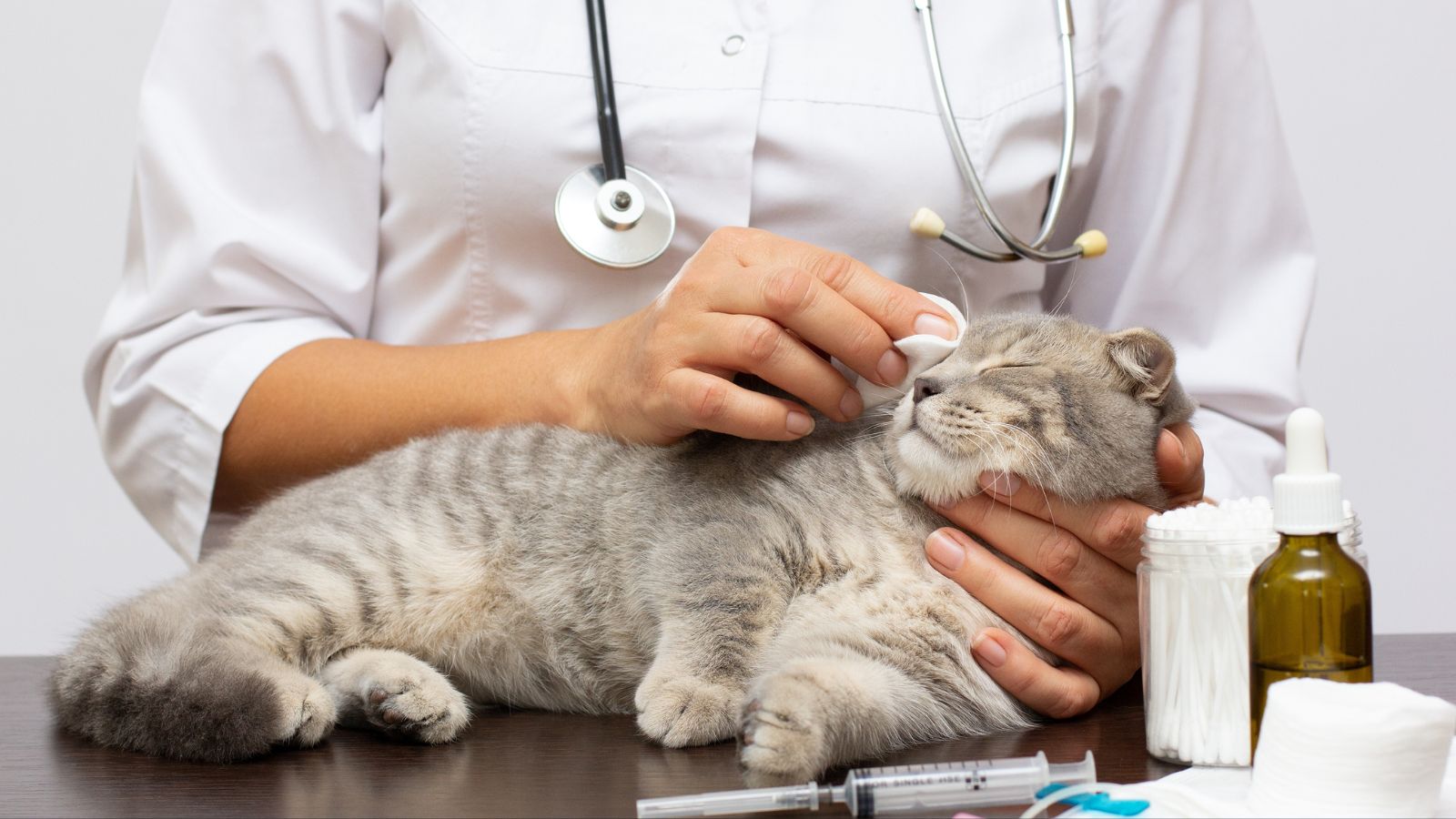
Of course, it happens even if the pet is taken to the vet throughout the year for check-ups and booster shots: one day, the pet cuts its paw or gets sick. Emergency vet calls can take a huge toll on the owner’s pocket. An unexpected accident or sickness can need X-rays, an operation, or some particular treatment, and these tours could cost several hundred or even thousands of dollars.
Grooming
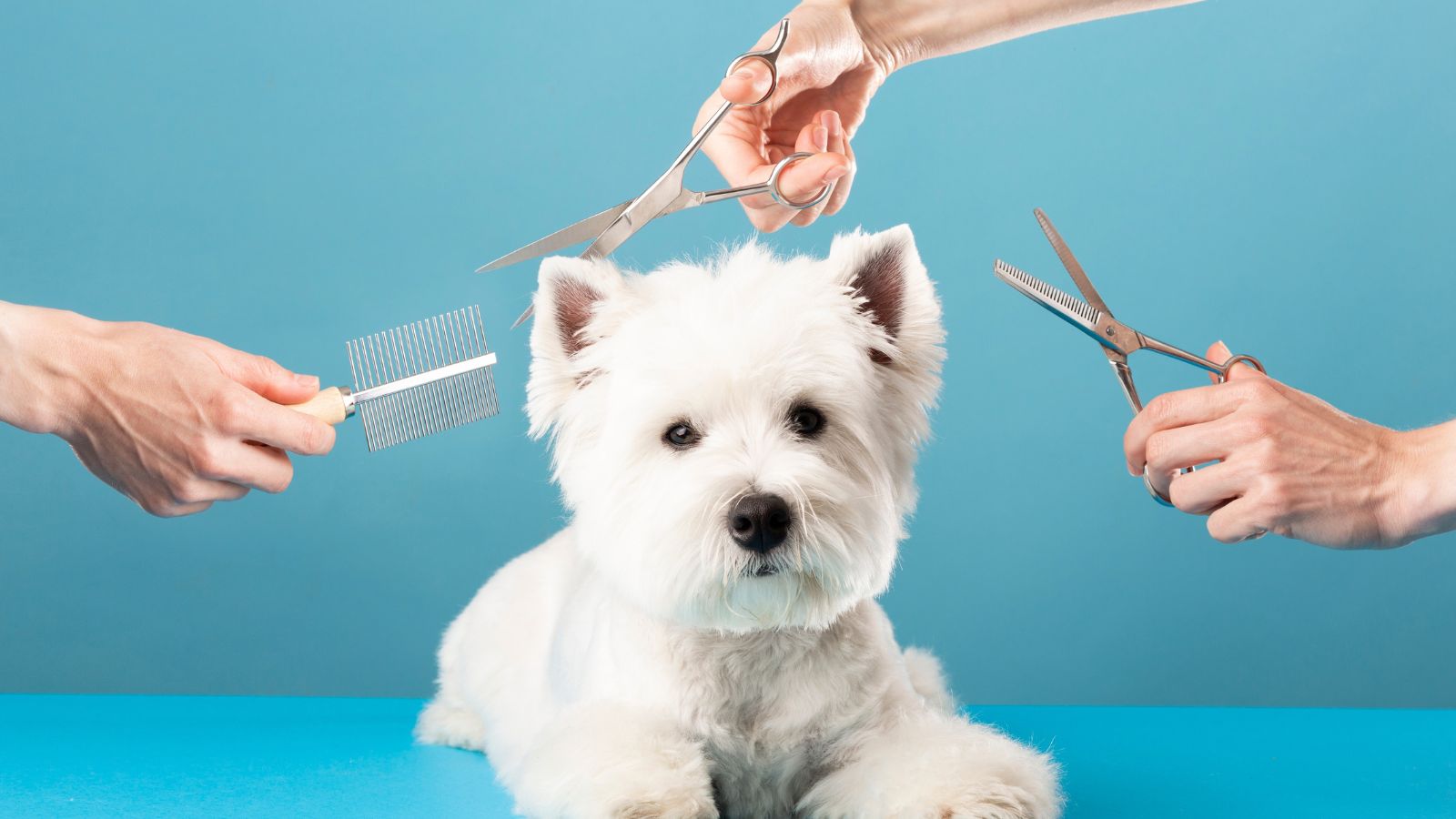
Grooming can become costly, especially for dogs with thick fur or breeds that require frequent care. Regular grooming keeps pets clean and healthy through washing, haircuts, nail trimming, and ear cleaning. These expenses add up, particularly for pets that need grooming every few weeks, depending on their breed and coat type.
Boarding or pet-sitting
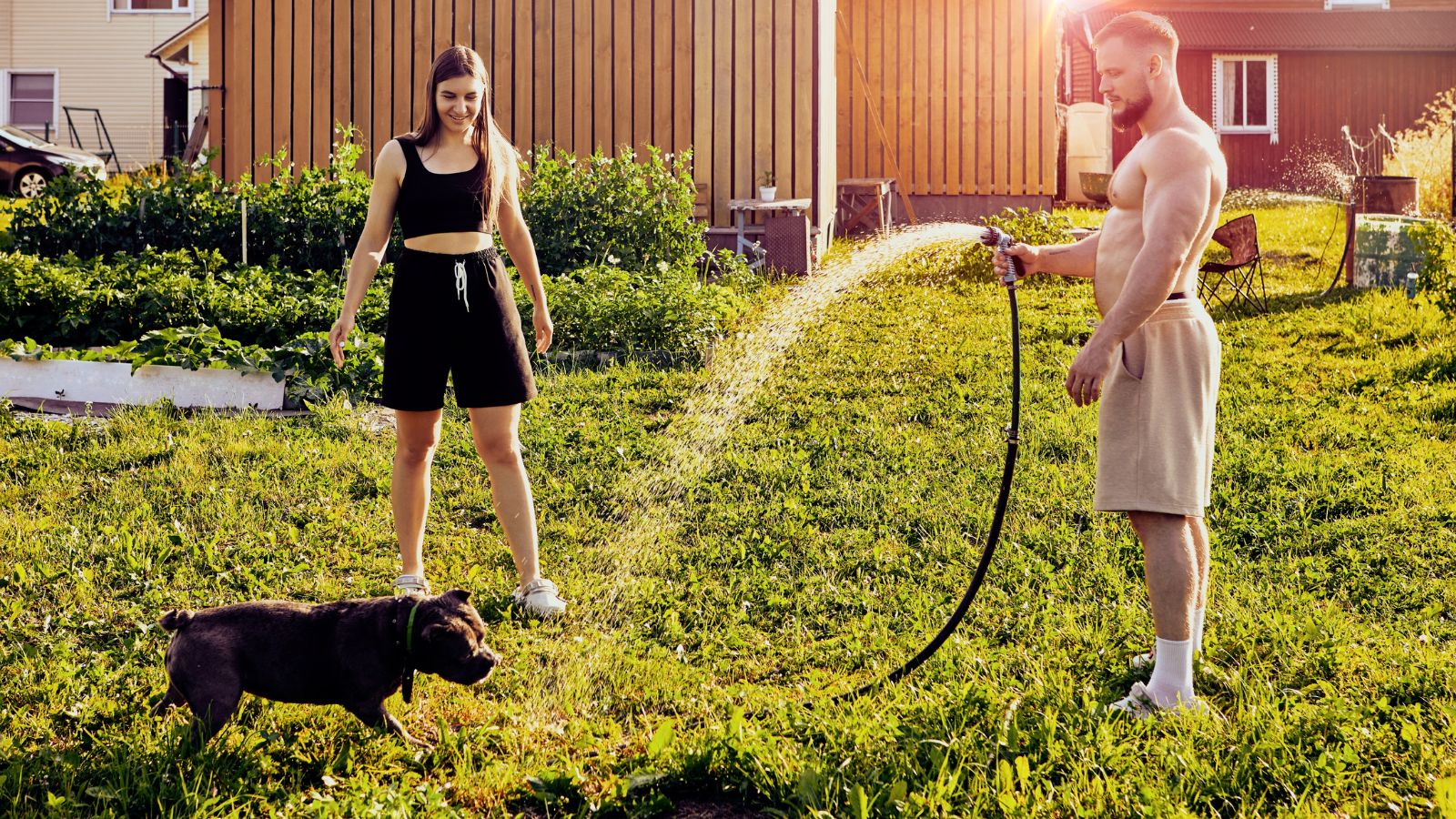
This means when you are on your travel to whatever destination, somebody has to be in a position to feed the pet. While taking your pet to a boarding facility or hiring a pet sitter, the costs are rather steep, particularly if incurred on a holiday. Boarding fees and sitters vary greatly based on a pet’s requirements and geographical location.
Training Costs

Puppy training may be crucial because there is a need to ensure that the dog is well-mannered and can blend well in the area where it will be living. Hiring professional trainers is expensive, and certain animals may need to attend training sessions until they stop making undesirable gestures.
Pet-Friendly Housing
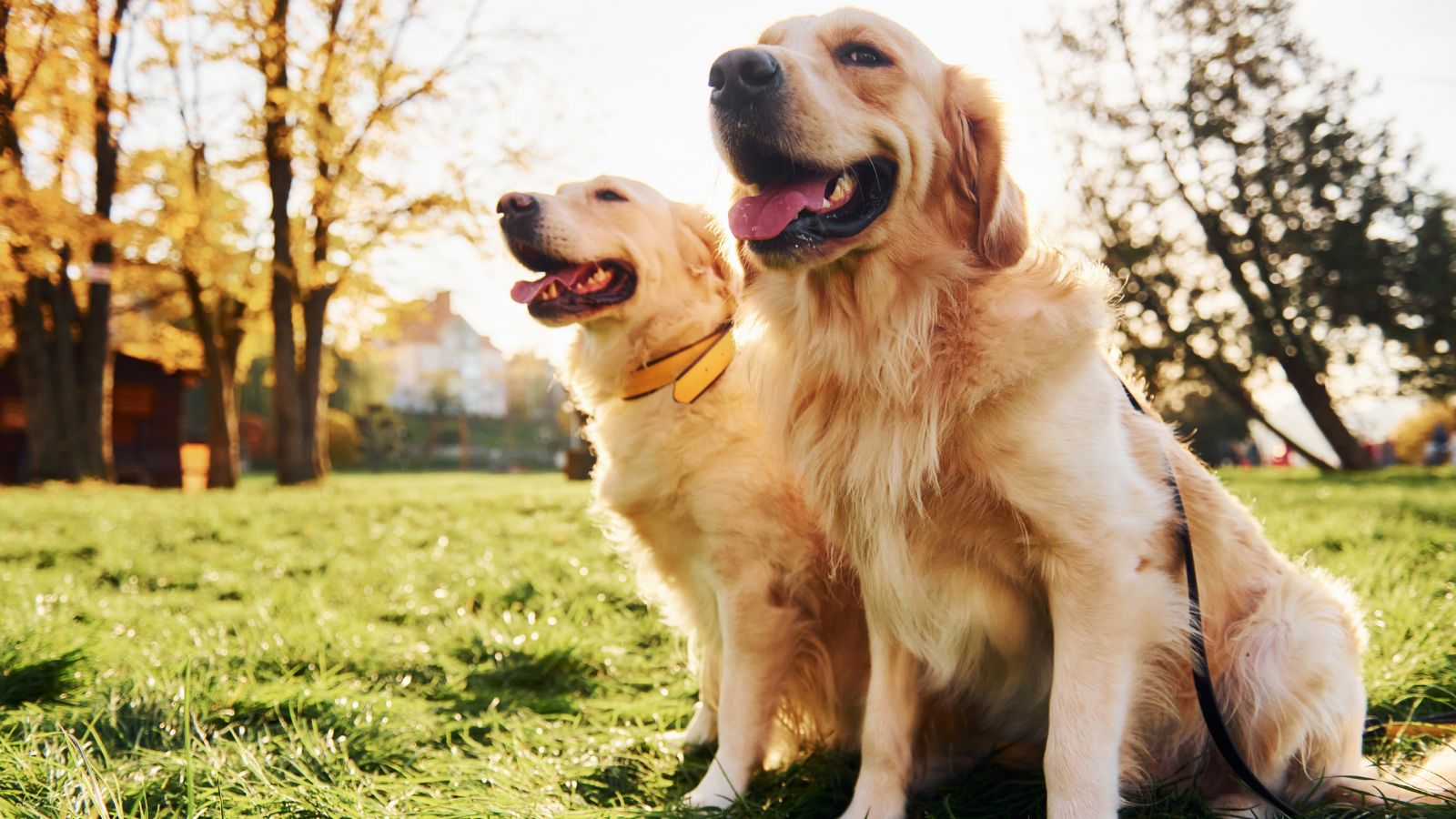
Finding pet-friendly housing can be challenging for tenants, as many landlords charge extra fees for allowing pets. These charges may include pet deposits, monthly pet rent, or fees for potential damages caused by pets. The costs and policies vary widely depending on location and the specific rules of the landlord or property management company. Pet owners should be prepared for these expenses when searching for a rental.
Pet Supplies
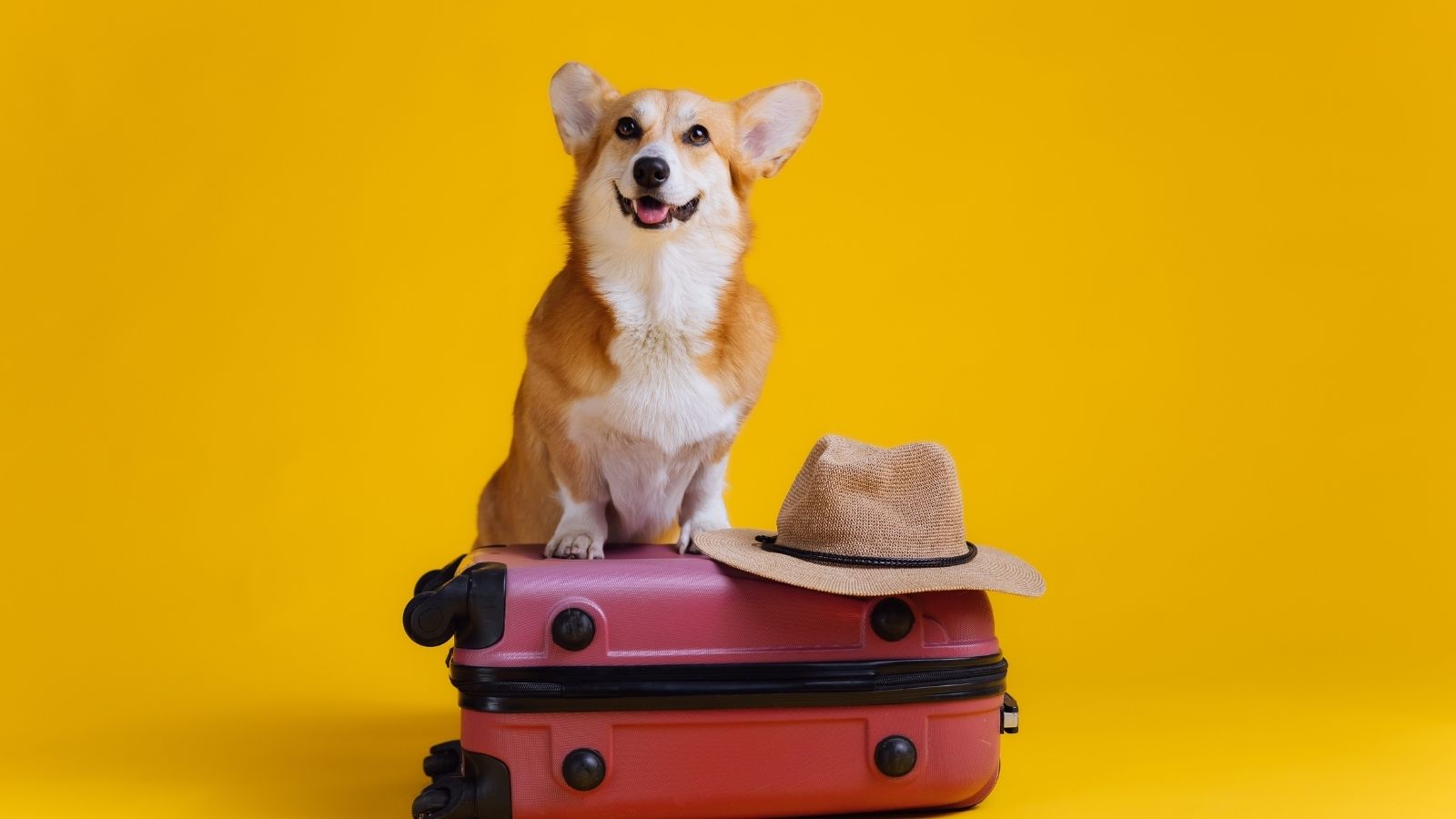
Beyond food and toys, pets require a variety of essential supplies. This includes leashes, collars, cages, pet beds, feeding bowls, scratching posts, and more. Many of these products wear out over time and must be replaced, leading to ongoing costs. The need for regular replacements makes pet supplies a continuous expense for pet owners.
Food Sensitivities or Special Diets

While pets can often thrive on standard pet food, some may develop food allergies or sensitivities over time, requiring special diets. These specialty foods are typically more expensive than regular pet food and may sometimes require a veterinarian’s prescription.
Microchipping and ID Tags
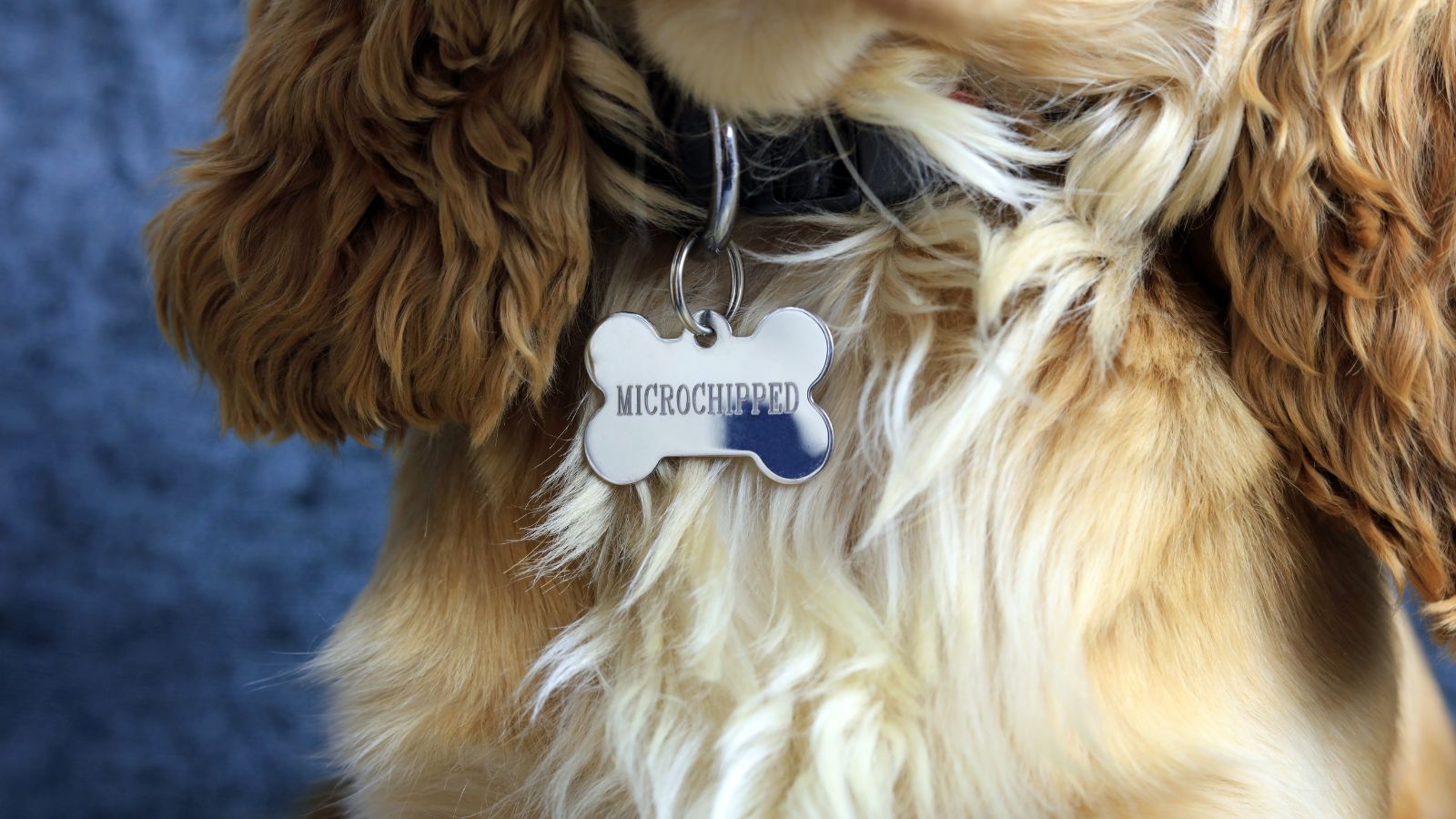
Microchipping is a little expensive for the first time, but it is useful in keeping the pet safe. You also need to purchase and refill ID tags, which would be an extra cost to bear. Some regions may also have an additional cost of involving a certain database for microchipping.
Pet Accessories

Pet owners can choose many accessories for their furry friends, ranging from elegant collars and raincoats to comfortable beds that pets will appreciate. While these items aren’t strictly necessary, they can enhance your pet’s comfort and style. However, the costs can accumulate quickly, making it important to budget for these appealing extras.
Pest Control for Your Home

Animals can introduce infections to your home; fleas or ticks are usually found in animals. Pest control might be necessary in case of an infestation, and frequently hiring professional services would be necessary. Also, you may have to treat your home to do away with these pests frequently.
Carpet and Furniture Cleaning

Mischievous pets could wreck your house, especially if they’re young or old. There is nothing as lamenting as waking up to a carpet accident or even finding fur all over your furniture, and in this case, you may need to call the services of a cleaner more often than you wish.
Behavioral Issues

Pets can experience various behavioral issues, including anxiety, aggression, and excessive barking. These problems often require consultation with a behaviorist or a specialized trainer, which can be costly.
Larger Utility Bills

Having pets can significantly impact your home expenses beyond initial expectations. For instance, you may need to leave the air conditioner or heater running throughout the day to keep your pet comfortable, which can lead to higher energy bills.
End-of-Life Care
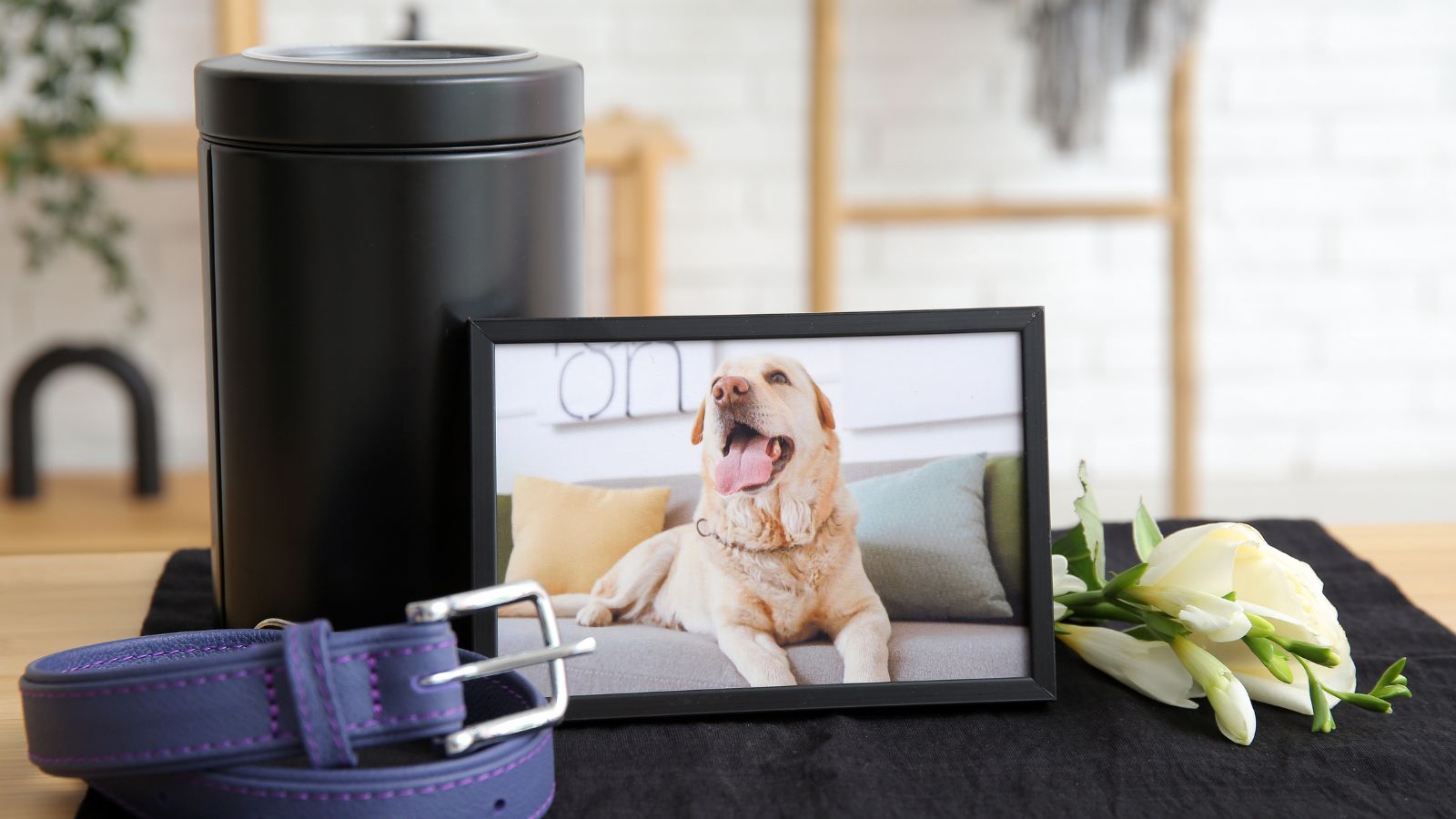
It’s a reality that pets will age, and pet owners may eventually face difficult decisions regarding their care. End-of-life treatment can be emotionally and financially taxing for families. Expenses can include medications to keep pets comfortable, home palliative care, or euthanasia. Additionally, post-funeral options such as cremation or burial can add to the overall costs, making it essential to prepare for these eventualities.
Conclusion
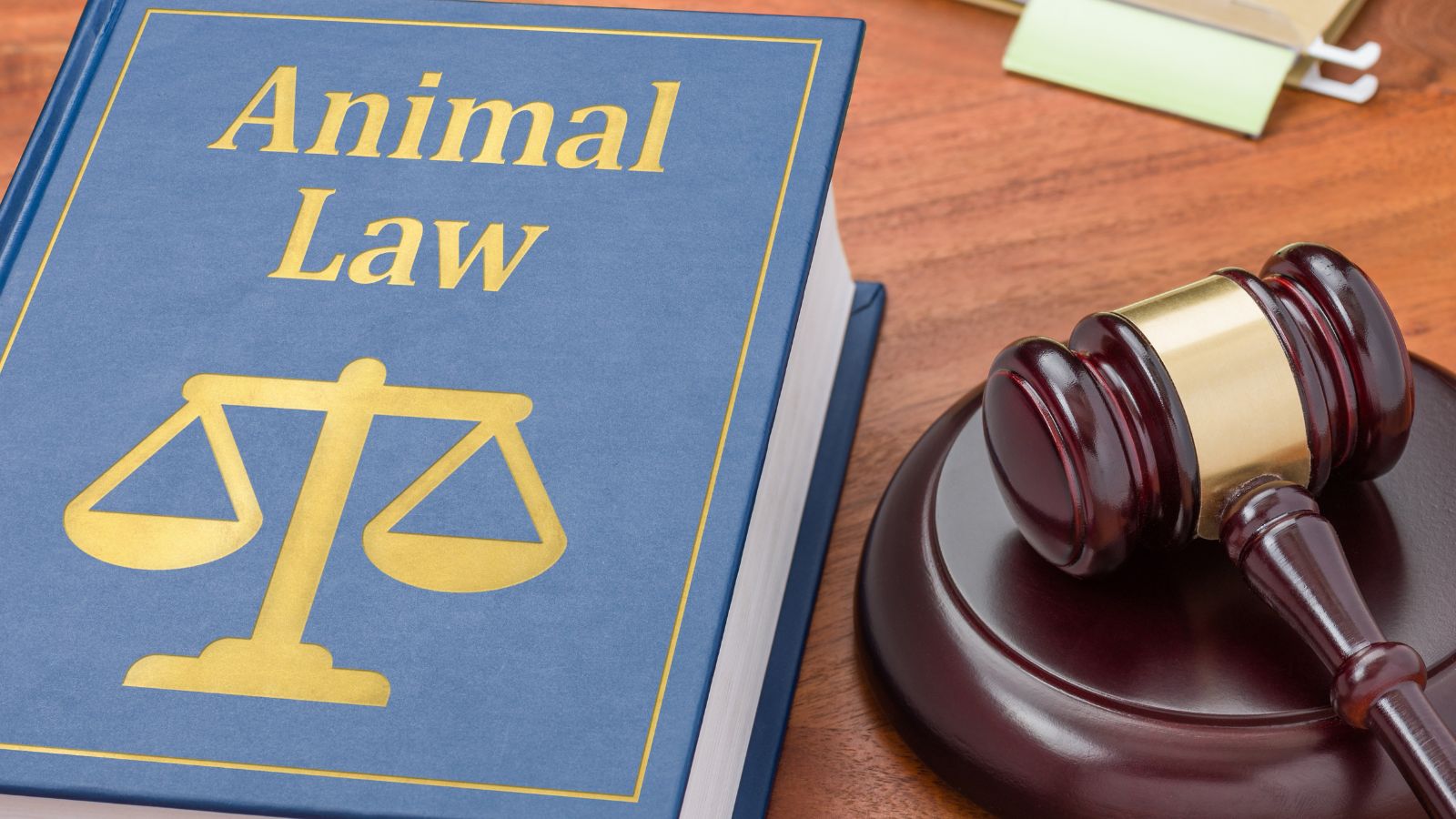
Anyone considering bringing a pet into their home knows it is a true blessing, but it also comes with significant responsibilities beyond initial excitement. By understanding the hidden costs outlined above, you can better prepare financially while ensuring your new pet enjoys a high quality of life. A little preparation goes a long way in making both you and your companion comfortable and happy together.
18 Reasons Why People Are Leaving Florida in Masses

Exploring factors that impact the desirability of living in Florida, this list delves into various challenges shaping residents’ experiences. From environmental concerns like rising sea levels to economic factors such as fluctuating job markets, these issues collectively contribute to a nuanced understanding of the state’s appeal.
18 Reasons Why People Are Leaving Florida in Masses
